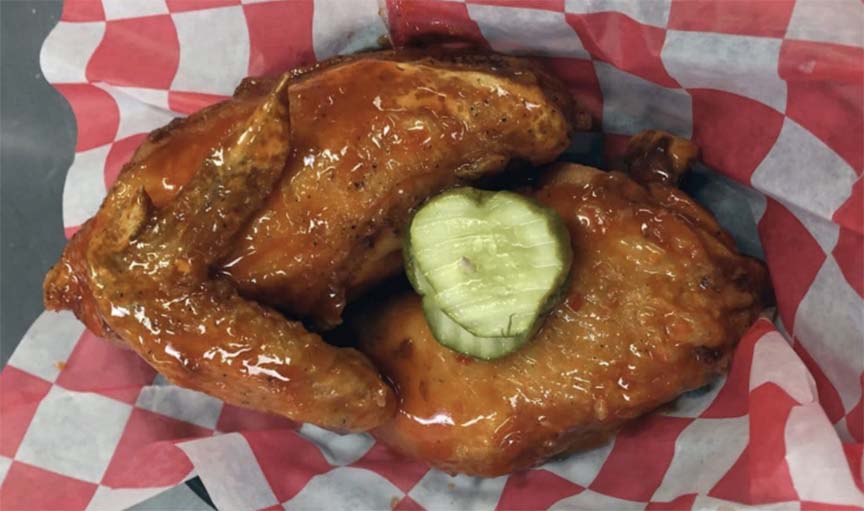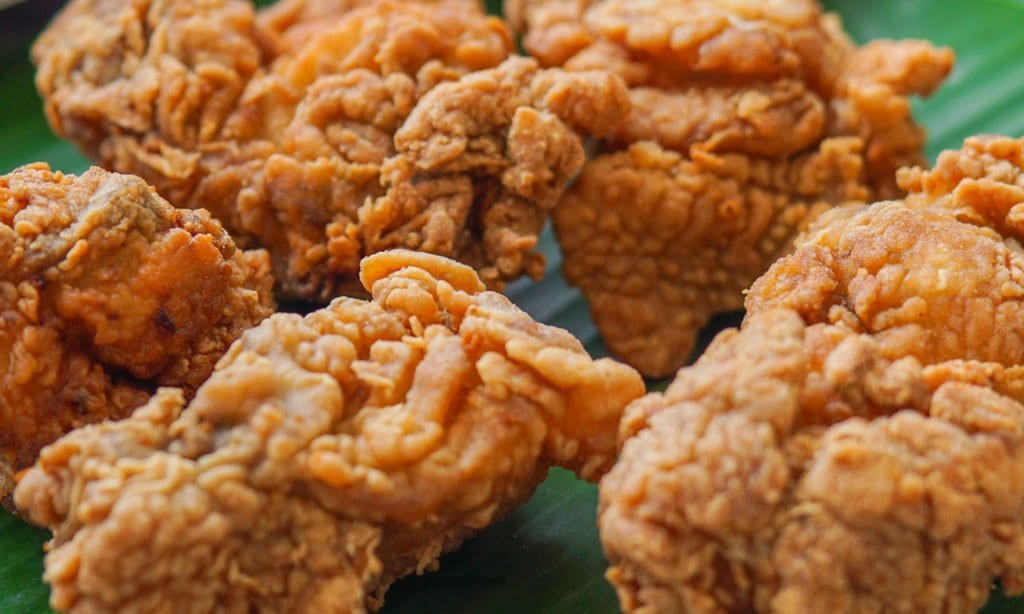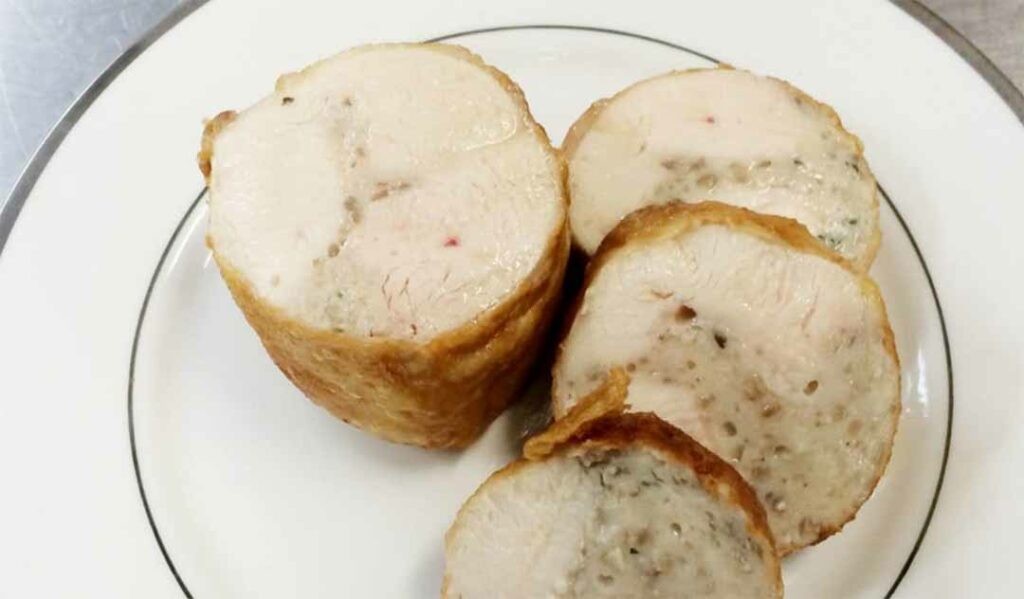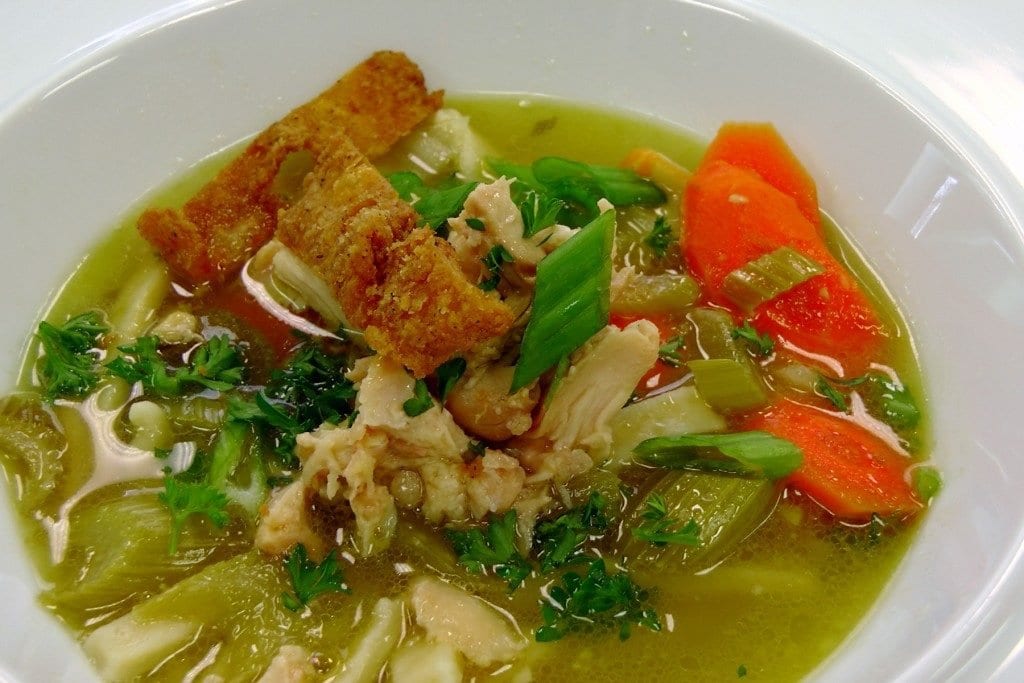Banh Mi Sliders in CVap
Banh Mi Sliders are easy when you stage and hold them in CVap equipment. Staging can increase the speed of service without sacrificing quality! Most are familiar with the popular Vietnamese Banh Mi sandwich. Below is the Winston recipe for this popular sandwich. The popularity of ethnic food is on the rise. We’re seeing more […]
Banh Mi Sliders in CVap Read More »









